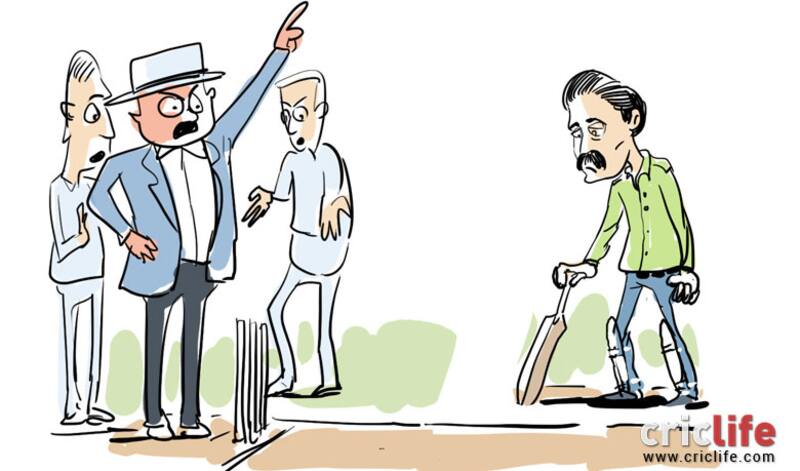
Cricket Country Staff
Editorial team of CricketCountry.
Written by Cricket Country Staff
Published: Feb 04, 2015, 07:26 PM (IST)
Edited: Feb 04, 2015, 07:26 PM (IST)

On May 22, 1919, Harold Heygate became the first man in First-Class history to be “timed out”. This happened in the county match between Sussex and Somerset at Taunton. It is another matter that the scorecard mentions his dismissal as “out, absent”.
Heygate, suffering from rheumatism and injuries to his leg from the War, was at the ground as a spectator, six month after the end of the first World War. He was just 34, but in no shape to play the game. But as luck would have had it, he was drafted in by Sussex as an emergency measure when they found they were one player short.
Little did Heygate realise he would be part of an unwanted history — especially when he was a reluctant participant. Paul Donnelley, in his book First, Last & Only writes: “Number 11 was Harold Heygate, who had been out for a duck in the first innings and, being crippled with rheumatism, worsened by his time in the Great War trenches, had not expected to bat. He made his way slowly to the pitch wearing his street clothes. The Somerset players appealed that he was taking too long (the Law then stated that the batsman had two minutes, rather than the current three minutes, to reach the crease) and umpired Alfred Street agreed and gave Heygate out timed out. The match ended in a tie. Sussex appealed, but the umpire’s decision was upheld by the MCC, although they added that his innings should be marked as ‘absent hurt’ rather than out.”
This website uses cookies so that we can provide you with the best user experience possible. Cookie information is stored in your browser and performs functions such as recognising you when you return to our website and helping our team to understand which sections of the website you find most interesting and useful.
Strictly Necessary Cookie should be enabled at all times so that we can save your preferences for cookie settings.
If you disable this cookie, we will not be able to save your preferences. This means that every time you visit this website you will need to enable or disable cookies again.
